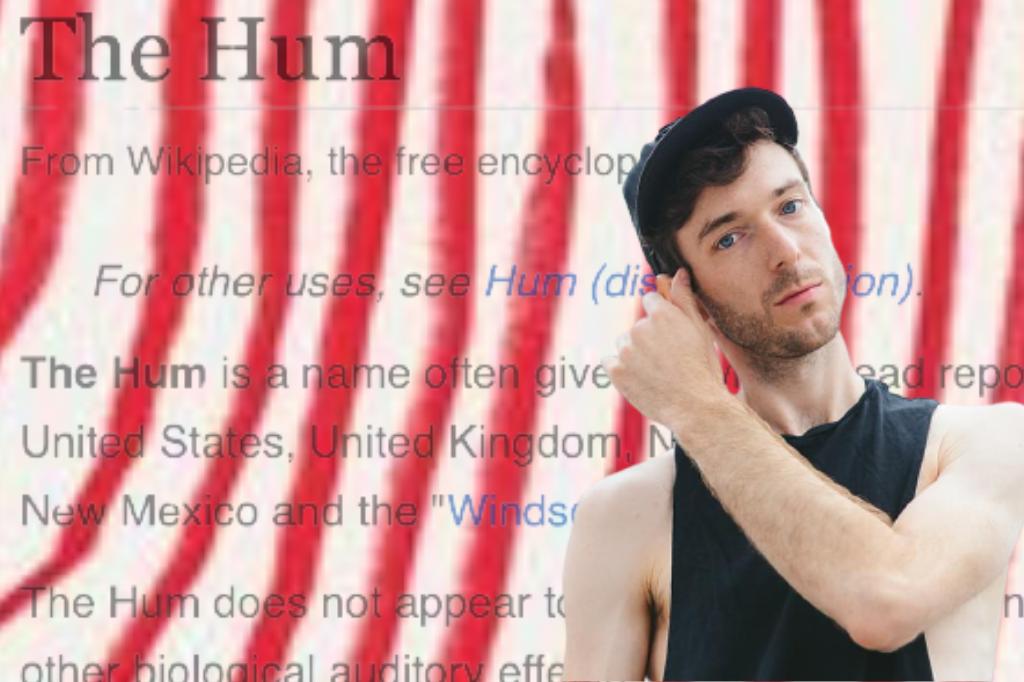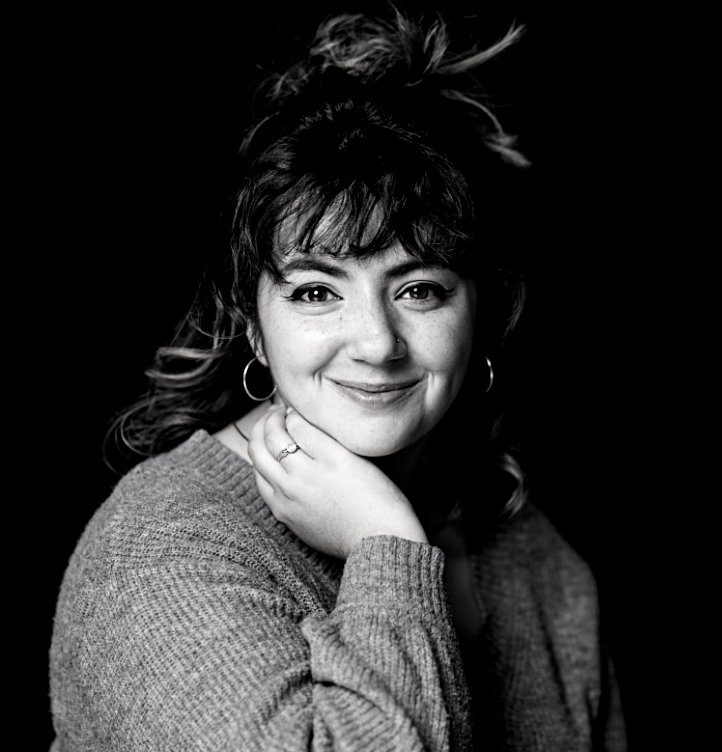When the Playwright Goes Prose: In Conversation with Jordan Tannahill
I first encountered Jordan Tannahill’s dramatic works in 2019.
I was a late bloomer in theatre school, and had somehow managed to miss the Ottawa premieres of his work, the book signings, the classroom chats. His successes ran parallel to my adjustment to life in Canada: our paths just didn’t cross.
But then it happened: I read Age of Minority. I befriended a cast member of Concord Floral. I was assigned a chapter from Theatre of the Unimpressed for a class on Canadian theatre. Tannahill’s name echoed in uOttawa lecture halls; his high school theatre teacher ran a theatre company from my kitchen; Theatre of the Unimpressed became the book I recommended to friends at parties when the topic of theatre criticism inevitably came up.
I was hooked.
Tannahill’s laureates as a playwright are myriad, but the playwright’s most notably won two Governor General’s Literary Awards for Drama. Tannahill branched out into prose with his first novel Liminal in 2018, and is back now with his (astonishing, difficult, thought-provoking) new novel, The Listeners, published in Canada by HarperCollins last month.
I start our conversation with an obvious disclaimer for the novelist: “I’m a theatre person, and this article’s gonna be read by a community of theatre people — I hope that’s okay!”
He laughs, and we get started.
The idea lodged under my skin, this splinter of an idea, and I wanted to work on this, work the splinter out.
The Listeners follows protagonist Claire through her experience of The Hum, a just-on-the-edge-of-perception sound that leads her through stages of madness, despair, and, eventually, love. When Claire realizes that other people can hear The Hum — perhaps, most illicitly, one of her seventeen-year-old English students — she discovers a community that verges upon cult, and finds herself on a whole new plane of existence. The Listeners interrogates taboos — can real love exist between an adult and a minor; what is the difference between faith, religion, and cult; where is the line between psychosis and lucidity — and wraps its questions up in the likeable, yet perhaps unreliable Claire. The Listeners navigates shock value with curiosity, grace, and grit — a rare feat.
“I managed to convince myself I wasn’t writing a novel for a very long time,” jokes Tannahill on Google Meets.
“And then, ultimately, I was. The idea lodged under my skin, this splinter of an idea, and I wanted to work on this, work the splinter out.”
It’s impossible to ignore Tannahill’s theatre background when reading The Listeners — the novel almost reads as the script of a solo show, a long monologue from a single viewpoint. It’s no surprise, then, that The Listeners nearly took several forms — as a story, as a play, and even an opera.
A workshop of the earliest kernel of The Listeners’ conceit at the National Theatre in London, UK ran nearly four hours: to stay a play, it “would have needed to be nearly halved in length, which would have changed and critically compromised the project. It would have made it just a cult narrative, or a more traditional downward spiral narrative,” says Tannahill.
“Going away from the workshop experience, I thought, really: the best vehicle to tell this story is a novel.”
And so a novel The Listeners became, written and published in the heart of COVID-19 lockdowns. Though the story plays out in a reality unbothered by the pandemic, it’s impossible to deny the similarities between the fringe groups of Claire’s world and our own — Claire’s support group of Listeners, or Hummers, could just as easily be Qanon.
“It was this real time to be working on the book… we’re living in very paranoid times, very atomized times in which we’re seeking community and a sense of connection. That’s what Claire seeks in the book — there’s a lot of misinformation, and the conspiracy culture in our politics — the current issue of the day, anti-vaccination. When I was finishing the book, people were burning 5G towers because of… yeah. You know. Strangely, that idea emerged in the book, too — Claire analyzes a 5G tower as a possible source of the Hum. There’s weird parallels there,” muses Tannahill.
The idea of being listened to in the book is of great importance. It’s about being listened to — not just being heard.
I ask if the solo-show-ness of the novel (Tannahill has a quirk to his writing in the form of an omission of quotation marks around spoken dialogue) was purposeful, citing a personal connection to one of his earliest plays, Get Yourself Home, Skyler James. There’s a fascinatingly similar style of testimonial between the pieces’ female protagonists — those familiar with Tannahill’s dramatic oeuvre might hear echoes of Skyler (or even rihannaboi95’s Sunny) in the cadence and candour of The Listeners’ Claire.
“That’s interesting. I like that,” he responds, amused.
I pursue this dramaturgical line of questioning: this interview is for Intermission, after all, and expects a readership of theatre people.
I ask about the title: The Listeners implies agency, I tell Tannahill. To listen is to make a choice. Does Claire listen to her Hum, or does she hear it? Is the Hum something Claire enacts or is it something enacted upon her? Titles are important: why did Tannahill pick this one?
“I think that though the group—the Hummers—can hear the Hum constantly, it’s not until they listen, or tune into it that they access it. It’s perhaps of greater significance when they listen. The idea of being listened to in the book is of great importance. It’s about being listened to — not just being heard.”
“They consciously make the choice to be more perceptive, in their lives, of this thing that’s assailing them.”
The conversation veers into hot-topic territory: one of The Listeners’ hallmarks is the manner in which it navigates the relationship between a high school teacher and a seventeen-year-old. This relationship skirts a “statutory” designation only marginally — the moments shared by Claire and Kyle are forbidden, physical, and illicit, if devoid of actual “sex.”
This sort of topic isn’t new in Canadian theatre: Hannah Moscovitch’s 2020 Sexual Misconduct of the Middle Classes is a recent example of student-teacher transgression on Canadian stages, but earlier works of Moscovitch’s, as well as Rose Napoli’s Lo (Or Dear Mr. Wells), have explored these tenuous power dynamics ad nauseam. Tannahill’s novel, though, yes, a novel, seems to fit neatly into a dramatic subgenre of writing.
I ask how Tannahill imagined this not-quite-sex-but-not-quite-not relationship through the written word.
“We have a number of works of literature that ask this question: what does the love of an older man look like for a child? In Death of Venice, it’s more about the beauty, the platonic beauty of the child he’s obsessed with. I’m curious about how we can talk about the love of an older woman for a boy, that’s not necessarily sexual or romantic… can that only ever be understood in the context of statutory rape? Or sexual assault?”
“Is there any space for that platonic kind of love?”
Tannahill makes clear: The Listeners started with Kyle and Claire, two sides of a forbidden, Hum-hearing coin. “That relationship was the kernel from which everything came.”
Is there any space for that platonic kind of love?
The Listeners is a difficult read in the age of Qanon, conspiracy culture, and anti-vaxxing — it’s a book that demands a staggering amount of empathy from its reader in its positioning of Claire as protagonist, and it’s a book that eschews genre or trope. The Listeners is not a cult narrative, or a Stephen King-wannabe, or a Lolita aftershock — Tannahill’s second novel is a triumph all its own, posing urgent (and at times beautiful) questions against a distressing context of disinformation. The Listeners echoes Tannahill’s plays and dramatic stylings, truly stretching the parameters of what a novel can be — it’s a new and surprising favourite for me.
Interviewing Tannahill feels monumental — it seems both to bookend a life in Ottawa and to jump-start one here in Toronto. I hear myself fangirling as we chat, wishing time allowed us to linger on parenthetical chats about theatre, latching onto every articulate word as he beautifully describes his work, savouring the moment as both an emerging artist and journalist.
To bid a simple farewell is strange; a little sad; wholesome.
But I do.
And I write.
And I listen.
For more information on The Listeners, visit www.jordantannahill.com.















Comments